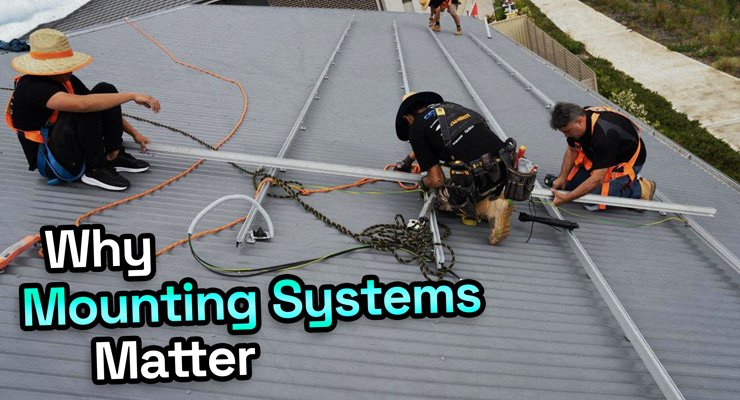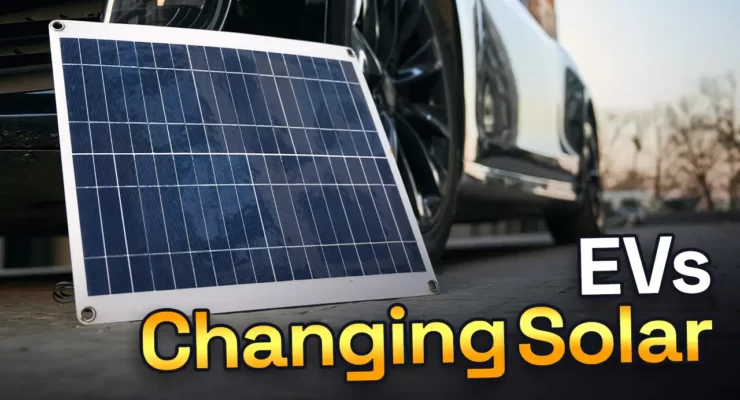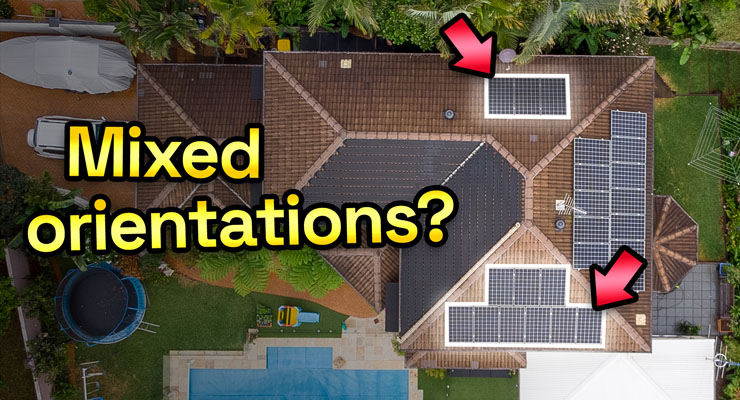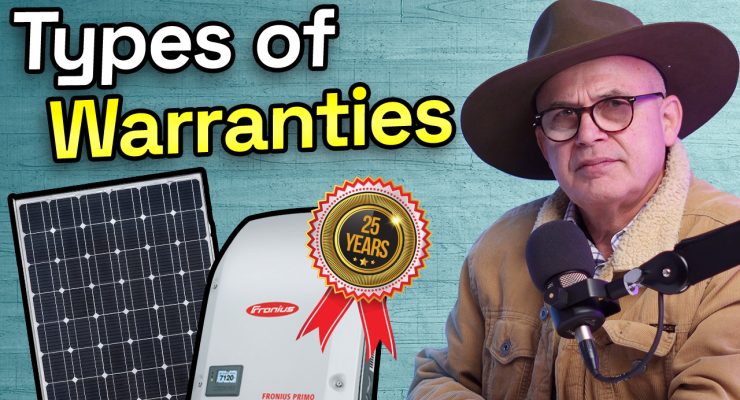
Fast read
Understanding the various system warranties offered when buying solar panels, inverters, or racking is essential. The primary warranty is the product warranty, which covers manufacturing and material flaws that impair component functionality.
Some manufacturers even provide a 40-year warranty, which might be for 12, 15, or 25 years. The panels' output is covered under the performance warranty, but claiming it can be challenging.
The workmanship warranty covers the equipment installation, with a minimum of five years being advised. Understanding all warranty terms and conditions is crucial, considering the manufacturer's track record in the Australian market and any labour or shipping expenses.
What warranties should I look for when purchasing solar panels and inverters?
Several different solar warranties are available when you purchase a panel, an inverter, or even the racking. If you are looking to move house and are wondering what is going to happen with the deposit on your panels, refer to the guide here:
The Product Warranty
The first one is called the product warranty; the main one should look for. The product warranty for panels can be 12, 15, or 25 years. Brands now offer even 40 years, but 15 – 25 years will cover most of them.
The Performance Warranty
The 2nd solar warranty available on a panel is called a performance warranty, I have issues with this warranty, and I would value it less because it’s tough for anyone to claim it.
The Workmanship Warranty
Then the final solar warranty on offer in a solar panel system is the workmanship warranty. The workmanship warranty ensures that the installer correctly installs the switches and panels, preventing them from falling off. It also guarantees that the racking and rails are securely in place, stopping any rattling or movement.
This is the warranty from the company that has installed the equipment. It covers the work that the installer has performed.
A good solid company should give you a minimum of a 5-year workmanship warranty. Many companies offer a 7-year one.
Be careful of a 12 year or 15 year workmanship warranty. Unfortunately, some companies decide not to be in the solar industry for a long time and only want to be there for 2 or 3 years.
They can give you a 15-year installation workmanship warranty without hesitation because they know they will never be around to honour it. So an extended workmanship warranty can be a red flag.
So make sure, as part of the vetting process, you ask – how long is your workmanship warranty, and what does it include?
In summary – there are three different warranties covering a solar system. These include the product warranty, the performance warranty and the workmanship warranty.
The Product Warranty – the genuine warranty that counts
Product warranties ensure the panels, inverters and mounting system will be “free from any defects in materials and workmanship that affect component functionality under desired application, setup, use and service conditions”.
Some product warranties include labour and transport. Let’s say you’re 200 km out of a town in a remote area; you’ve got to double-check if the product warranty also includes the transport cost, such as driving such a long distance. Also, consider if there is a component that they expect you to pay towards that extra time it takes to get to you.
If there is a travel cost – check how much it is and preferably get it in writing. Naturally, such costs can increase in years to come, but at least you are getting an idea of what you could be up for.
I believe product warranties are more valuable from manufacturers in Australia for at least 5 to 10 years. Even some inverter manufacturers came into Australia just two years ago, and who knows how long they plan to stay?
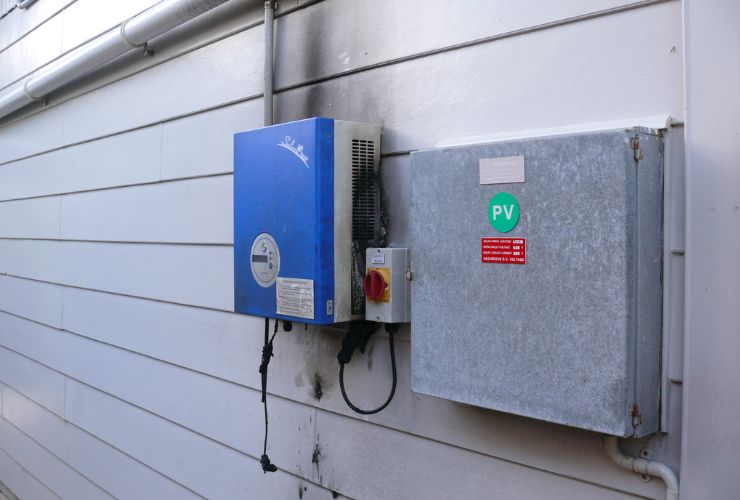
There could be a mass failure of their product in year 4 or 5, and that manufacturer could decide then that it is too expensive to maintain all these solar warranties, and they disappear again. So ask how long this manufacturer has been in Australia. Also, how long have they used this product as an installation company, and what is your experience?
The Product Warranty – Recommendations
So, when inquiring about the recommended inverter, be sure to ask about its presence in Australia and how long it has been available in the market.
The more prominent inverter brands, for example, SMA and Fronius or Qcells and SunPower in panels, have been in Australia since before 2008. Any solar product with a 10-year run in Australia had to survive the local weather conditions. I would consider them solid players who know the market well.
By the way, solar panel product warranties also cover problems such as delamination, water ingress, hot spots on cells, burned panels and premature weathering.
The Performance Warranty – A problematic child
You may believe the panel performance warranty and product warranty sound similar. If a panel fails and your system’s performance is affected because of faulty boards, you can request replacement panels under the performance warranty.
You purchased a system with a panel that has a 12-year product warranty and a 25-year performance warranty. In year 13, just after your product warranty had expired, your system’s performance dropped markedly. You plan now to claim under the 25-year performance warranty.
The performance warranty guarantees that the performance of your solar panels will not fall below a certain performance threshold. For example, at least 90% of the actual wattage after ten years. However, as previously mentioned, this exact performance percentage is hard to track and prove.
So you shouldn’t be impressed by the panel performance warranty; I suggest, for now – putting it to one side- as I will explain later. I would go with the product warranty and the workmanship warranty as the implied warranties to depend on.
I would also choose long-term manufacturers who have been around for a long time. Also, those that have a significant local footprint and are paid by a local installation company.
Check inverter warranty details
For solar inverters, there’s another thing to check out on the product warranty. In comparison, others have a 5-plus 5-year product warranty, making it seem like a 10-year one.
But in this warranty, the first five years cover the labour and the replacement parts, and the second 5 years only include the details, not the work. Some other warranties only give you the 2nd five years if you register the product on the manufacturer’s portal.
So you’ve got to check the details of their inverter warranty with the installation company to ensure you get all the details.
So if the warranty needs to be registered, ask the installer: “Are you going to register it for me?”
Assessing and comparing panel manufacturers’ product warranties will help you make an intelligent choice. Ask the installer about the years of product warranty, the payment details for shipping and transport, and if there are any unusual exclusions.
Ask for a copy of the manufacturer’s warranty and have a read yourself. After all, you are making a significant financial investment, so you better determine what you are covered for. If you desire more information regarding system warranty, Canstarblue has written a great piece.
